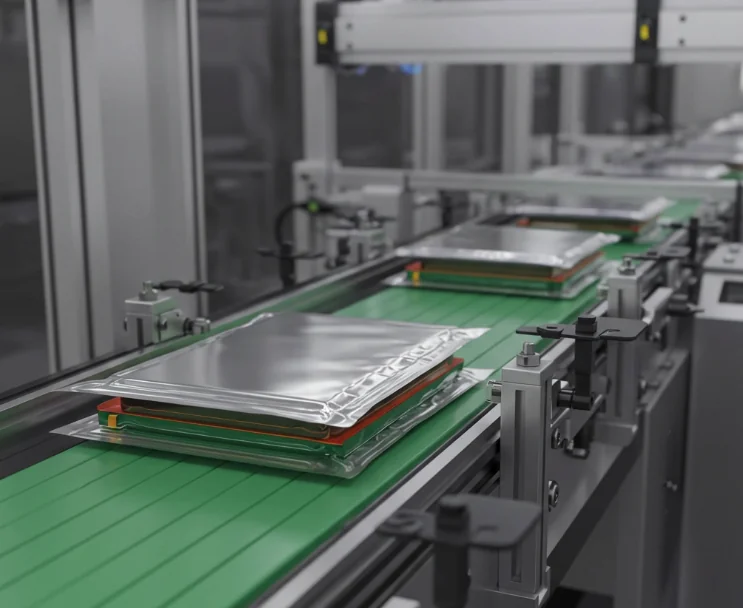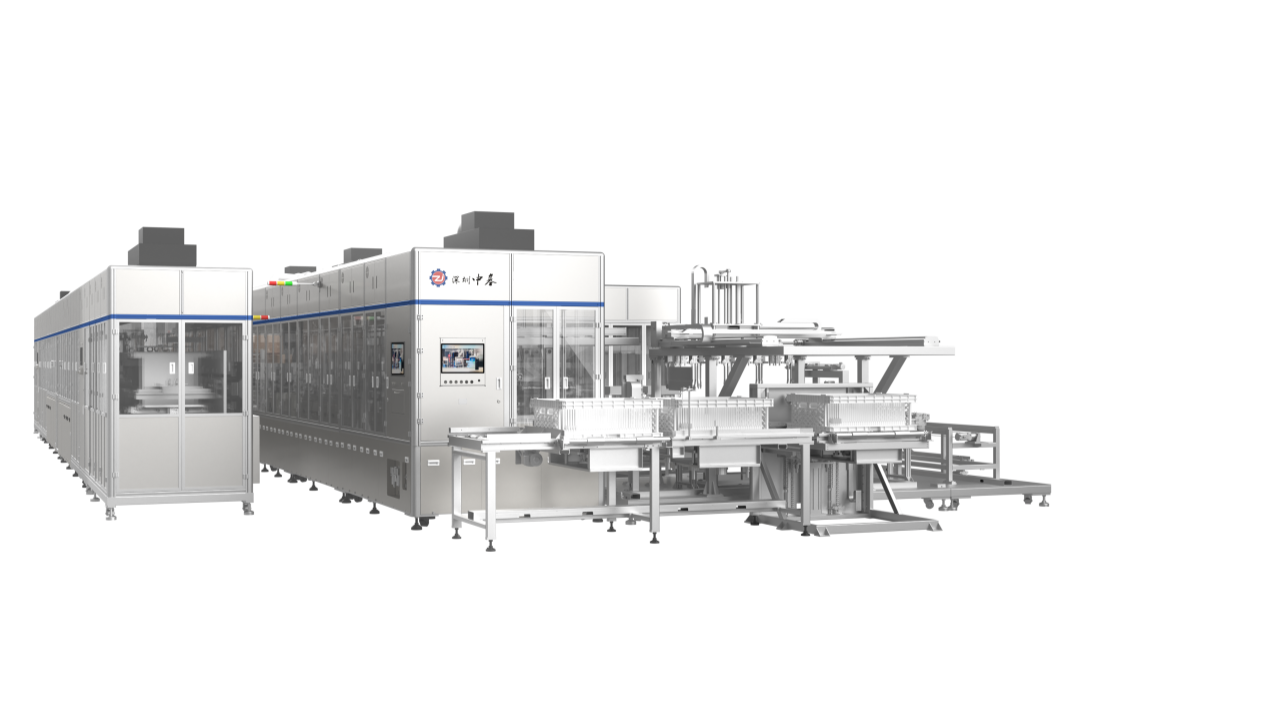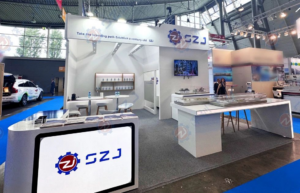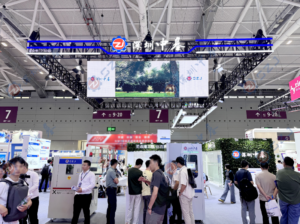The global demand for pouch battery cell production continues to surge. The market shows a projected 9.6% CAGR increase over the next decade[1]. This is a massive production push. However, improper manufacturing techniques can expose significant safety risks. Incorrect pouch cell assembly might lead to potential failures, thermal runaway, or even catastrophic battery malfunctions. This article explores comprehensive strategies to improve pouch cell assembly and ensure operational safety.
Pouch Battery Cell: Structure Overview
A pouch battery cell consists of several critical layers arranged compactly within a flexible, sealed aluminum-laminated package. The cell typically includes a positive electrode, negative electrode, separator, and electrolyte. These are all carefully stacked and compressed to minimize internal resistance and maximize energy density. This unique design allows for manufacturing lightweight, adaptable pouch-type batteries compared to rigid cylindrical or prismatic alternatives.
4 Challenges in Pouch Cell Assembly
Manufacturing pouch battery cells involves navigating complex technical challenges that directly impact battery performance and safety.
- Fragility[2]
The inherent frailty of pouch cells presents a significant challenge during pouch cell assembly due to their flexible, lightweight foil packaging, which lacks the structural rigidity of cylindrical or prismatic cell casings.
- This design makes them highly susceptible to mechanical stress, punctures, and deformation during handling, stacking, or sealing processes.
- The soft foil exterior offers minimal dimensional stability, increasing the risk of misalignment of internal components (e.g., electrodes, separators) or damage to critical seals.
As a result, it potentially leads to electrolyte leakage, internal short circuits, or compromised thermal management.
- Access on Tab[2]
Electrical tab connections are critical points in pouch cell assembly. And the interface is also fragile as well. Avoiding damaging and securing welding is essential. They help ensure reliable electrical conductivity and prevent potential short circuits.
- Compression[2]
Controlled compression during pouch cell assembly also poses a critical challenge due to the need for precise, uniform pressure application to maintain structural integrity and performance. Unlike rigid cell formats, such as cylindrical and prismatic battery cells, the flexible foil packaging of pouch cells complicates pressure distribution. Uneven or excessive force can deform the cell, damage internal layers (electrodes, separators), or leave air gaps between layers. It compromises sealing integrity and risks overall performance and lifespan.
- Heat Management[3]
Effective thermal management prevents potential overheating and safety. Unlike cylindrical and prismatic battery cells, in which the heat could be emitted from the side of the pack, pouch battery cells only manage the heat to be extracted between the cells.
Advancement in Pouch Cell Assembly: Automatic Turnkey Solution
Automatic turnkey battery manufacturing solutions are a valuable approach to addressing pouch cell assembly challenges. These comprehensive systems integrate multiple production stages with intelligent automation. They help ensure frailty, pressure, and heat management so as to improve operational efficiency.
Plus, many turnkey pouch cell assembly solutions now leverage intelligence and machine learning for predictive maintenance, quality control and real-time data analytics. These enhance the overall safety of pouch cell assembly.
At SZJ Automation, we can offer intelligent turnkey solutions for lithium pouch cell assembly that directly address critical challenges by combining precision automation with advanced smart technology optimization. Designed to mitigate risks associated with pouch cell frailty, compression variability, thermal management and overall efficiency, the system integrates electrode stacking, layer alignment, compression, sealing, and cell formation into a seamless, high-speed workflow.
And with a production rate of 10-24 cells per minute (PPM), a 99% product qualification rate, and a 98% equipment utility rate, our Pouch Cell Turnkey Solution enhances both yield and operational safety while reducing material waste. Its adaptive automation framework also supports rapid scalability, enabling manufacturers to maintain stringent quality standards and meet evolving demands for high-performance, durable pouch cells in electric vehicles and energy storage applications.
Conclusion
Improving pouch cell assembly requires a holistic approach. Combining advanced technologies, precise manufacturing techniques, and comprehensive quality control is key. SZJ Automation is a trusted partner in this complex landscape. We can offer extensive expertise in battery manufacturing equipment. Our Pouch Cell Turnkey Solution provides manufacturers with reliable technologies that address critical challenges in battery production. Visit SZJ Automation‘s official website to discover our turnkey production systems tailored to your specific requirements on pouch cell manufacturing.
References
- Available at: https://www.marketsandmarkets.com/Market-Reports/electric-vehicle-battery-market-100188347.html
- Available at: https://atsindustrialautomation.com/blog-posts/understanding-pouch-battery-assembly-testing/
- Available at: https://www.laserax.com/blog/pouch-cell-assembly





